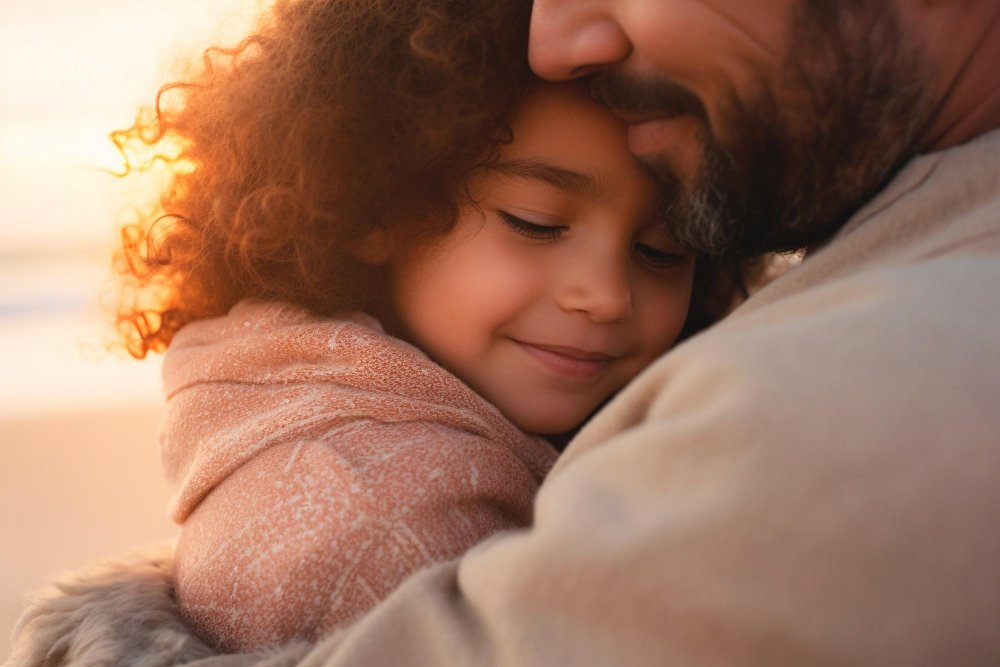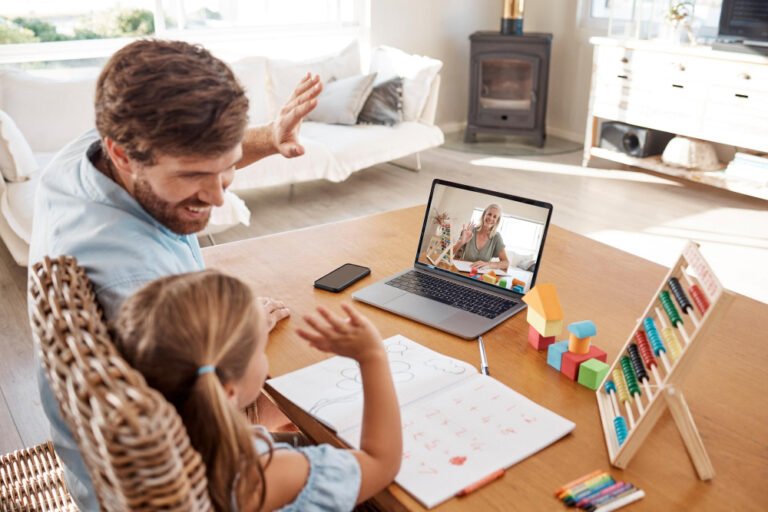Attachment in child development isn’t just about cuddles or bedtime routines. It’s the emotional blueprint for how a child feels safe, learns, and connects — not just in childhood but for life.
That’s why understanding how attachment in child development works is one of the most important tools parents can have. When kids feel safe, seen, and supported, everything from learning to emotional regulation becomes possible.
📘 Looking for a supportive guide? Raising a Secure Child is an attachment-based parenting book that helps families foster emotional safety.
🎥 Watch: Why Attachment Matters In this short video, discover why attachment is the foundation of emotional safety, learning, and lifelong growth — and how small, consistent moments of connection shape your child’s future.
What Is Attachment in Child Development?
Attachment is the deep emotional bond between a child and their caregiver. When this bond is secure, children feel safe to explore, learn, and engage with the world.
Healthy attachment builds:
- Emotional regulation
- Resilience to stress
- Focus and memory development
- Confidence in learning and relationships
It literally shapes how the brain grows — especially in the early years — influencing emotional regulation, learning, and resilience.
Why Attachment Matters for Learning and Growth
Children with secure attachment:
- Handle stress better
- Are more curious and confident learners
- Develop empathy and emotional resilience
- Navigate challenges without feeling overwhelmed
Without secure attachment, children may struggle with trust, focus, emotional regulation, and even basic learning tasks.
Signs of Secure Attachment
- Seeks comfort when upset and calms quickly with a caregiver
- Uses parent as a safe base to explore new environments
- Engages in back-and-forth play and seeks connection
- Shows care and empathy toward others
What Happens When Attachment Is Insecure?
- Anxiety, clinginess, or withdrawal
- Difficulty trusting or forming friendships
- Struggles with emotional regulation
- More frequent behavioral challenges
How to Build Secure Attachment at Any Age
✅ Be Emotionally Present
- Make eye contact, listen fully, and respond warmly.
✅ Respond Consistently
- Comfort them when upset. Predictable reactions build trust.
✅ Use Physical Connection
- Hugs, holding hands, sitting close — physical touch soothes the nervous system.
✅ Validate Emotions
- “You seem frustrated. I’m right here.”
✅ Create Daily Connection Rituals
- Bedtime stories, shared meals, or a simple morning cuddle reinforce security.
Helpful Tools for Supporting Attachment
✅ Want to explore how attachment also impacts behavior, emotions, and attention? Check our post on ADHD in Kids — because emotional safety and secure attachment are often the first step toward focus, regulation, and growth.
- 🧸 The Whole-Brain Child — Brain-based strategies for parenting
- 📘 Raising a Secure Child — Focused on attachment parenting
- 🧠 Headspace for Kids — Mindfulness for emotional regulation
- 🎲 Emotions Cards for Kids — Helps kids name and understand feelings
- 🕯️ Weighted Blanket for Kids — Provides comfort and emotional grounding
Want to go deeper? Explore our post on why emotional safety is essential for your child’s growth — because attachment is where emotional safety begins.
Attachment: The Root of Growth, Learning, and Resilience
When children feel safe, they explore. When they feel seen, they grow. And when they feel loved without conditions, they become resilient — ready to build healthy relationships, handle challenges, and thrive in the world.
Attachment isn’t a side note in parenting. It’s the foundation. And every small, consistent moment of presence builds a future where your child feels secure, capable, and ready to learn.
Try noticing today where a simple connection — a hug, a smile, a quiet check-in — could shift your child’s day from overwhelmed to grounded.






